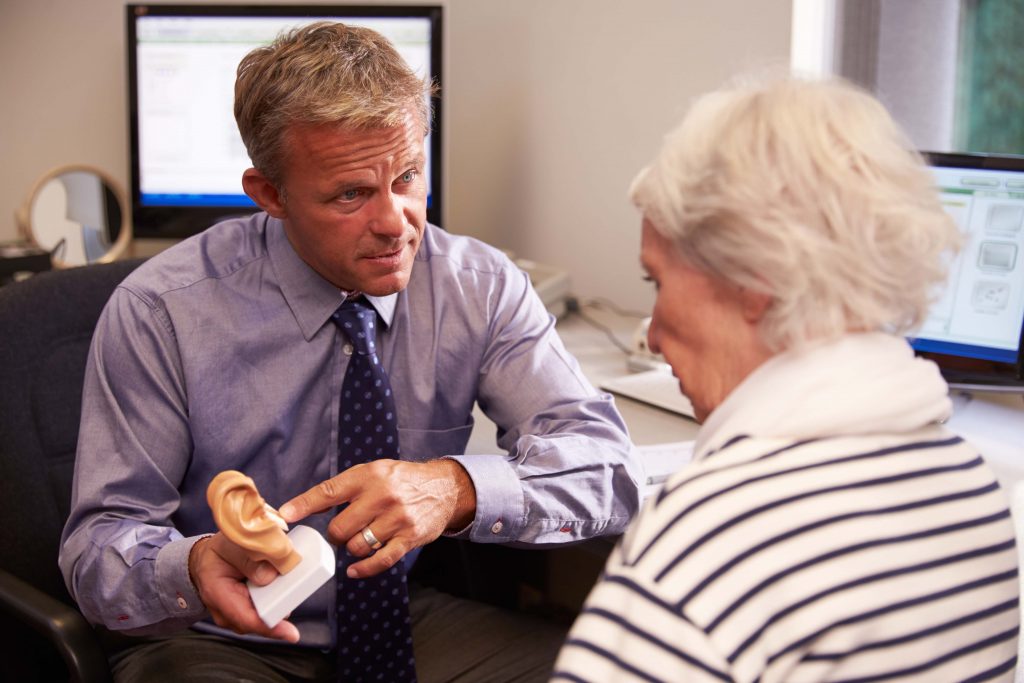4.2.1 Top Ten Questions for Audiologists
1. When should Sound Therapy be recommended?

For anyone with hearing loss or auditory perception difficulties.
- To assist listening, particularly for those with mild, moderate or acquired hearing loss.
- For back ground noise discrimination problems.
- For someone with mild hearing loss, not yet requiring or choosing a hearing aid
- For new hearing aid users or those having difficulty adjusting to hearing aids
- For those with tinnitus or dizziness.
- For those with auditory processing problems.
- For hearing aid users who would like additional help to stimulate their hearing pathways.

2. How does it relate to hearing aid use?

Sound Therapy can be used with a hearing aid and will often enhance hearing aid compliance by improving central auditory processing.
- It will assist adjustment to a hearing aid and optimise brain response to increased auditory input from a hearing aid.
- It will help to reduce the impact of auditory deprivation.
- It can be used through a hearing aid or at times when hearing aid is not being worn (ie while sleeping)
3. When should it be offered for tinnitus clients?

Sound Therapy is the easiest and should be the first intervention for tinnitus.
- As soon as possible after tinnitus onset.
- When tinnitus is troublesome.
- As part of tinnitus management program.
- In place of a masker.
- As a complement to CBT (Cognitive Behaviour Therapy) or TRT (Tinnitus Retraining Therapy).
- For tinnitus clients who do not need or want a hearing aid.
4. When should it be offered for auditory processing difficulties?

As the first step before undertaking other remedial measures.

- First and easiest intervention.
- To support all other learning interventions.
- Optimising the auditory processing function will make the client more responsive to educational interventions.
5. How to address the price objection.

Sound Therapy is an add-on program which will enhance the value of a hearing aid or other support programs.
- Much less expensive than a hearing aid.
- Show DVD.
- It could double the value of the hearing aid, now or later, by increasing responsiveness of auditory centres in brain
6. What is the initial treatment period and method?

2 to 3 hours per day, during normal daily activities or sleep.
- Personal Listening Routine Assessment to be completed.
- Listening for 2-3 hours per day.
- Listen during other activities at low volume
- Listen with or without hearing aids in place
7. How long must it be used?

For at least 3 to 6 months but ideally as an ongoing treatment.
- Three to six months initial period
- Ongoing listening recommended to maintain auditory function throughout life
- Long term listening is easy as the program is played quietly and passively so does not require any time to be taken out of normal daily activities.

8. How effective is it?

Surveys show that 90% of listeners gain benefits.
- Changes to neural function: 90% by subjective measure
- Objective research from study at Sydney University
- STI customer survey results
| Condition | Percentage that reported improvement | Sample size |
| Tinnitus | 86% | 187 |
| Hearing Loss | 56% | 123 |
| Energy | 84% | 122 |
| Stress | 86% | 80 |
| Sleep | 75% | 127 |
| Communication | 78% | 71 |
| Dizziness | 70% | 30 |
| Speech Problem | 64% | 14 |
9. How to motivate the client to use it

Use the educational tools provided with the program.
- Use educational tools, DVD, book, email support
- Follow up appointments
- Ensure client is aware of using at low volume during daily activities or sleep
10. What ongoing support is required from the audiologist?

Support tools provided with the Synergy program enable efficient follow up at suitable intervals.
- Put into Listener Support Program Email sequence
- Client support interviews at 2 weeks, 6 weeks and 3 months (see Client Feedback Forms provided with program)

